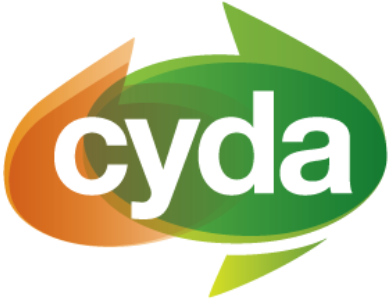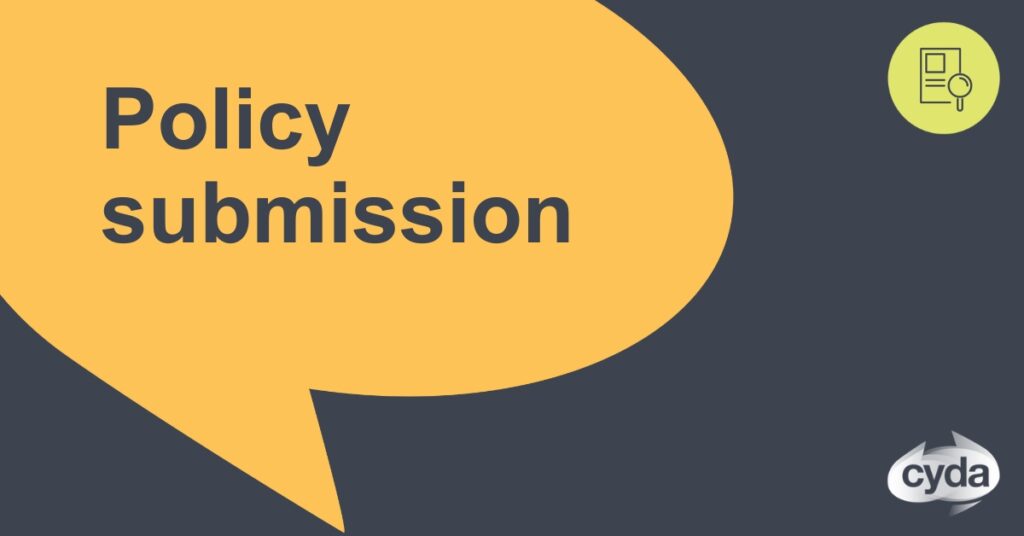The rates and experience of joblessness among young people with disability is an issue of serious and ongoing concern for Children and Young People with Disability Australia. People with disability, in particular young people, experience profound and unique disadvantage in relation to employment as a consequence of systemic barriers such as poor educational experiences and outcomes, a lack of support during the post school transition phase and workplace discrimination.
You can download our full submission using the buttons above.


